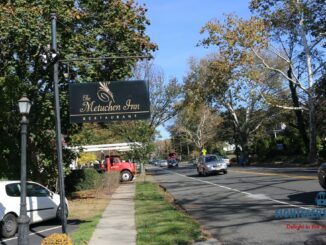(The Center Square) – Roughly 7.1% of bridges in New Jersey are “structurally deficient,” meaning critical elements are in poor – or worse – condition.
The finding is included in a recent report from the American Road & Transportation Builders Association (ARTBA). To compile its findings, the group analyzed the U.S. Department of Transportation (DOT) 2021 National Bridge Inventory (NBI) data.
Of New Jersey’s 6,798 bridges, 482 are structurally deficient, including 32 on the interstate highway system. The good news is the number declined from 556 bridges classified as structurally deficient in 2017.
“A strong economy needs strong infrastructure,” New Jersey Business & Industry Association (NJBIA) Vice President of Government Affairs Ray Cantor told The Center Square. “It’s the reason why we have been advocating for the use of federal American Rescue Plan Act monies to rebuild our infrastructure – whether it’s bridges, roads, water, or the Gateway Tunnel. At its core, robust infrastructure investment is pro-growth spending that results in more jobs, makes us more competitive and often times adds to our safety and quality of life.”
New Jersey has identified needed repairs on 2,478 bridges, estimated to cost $10.4 billion. The number of bridges that need repairs is up slightly from 2,280 bridges in 2017.
The state highway 495 bridge over U.S. Highways 1 and 9 and Paterson Plank Road in Hudson County, built in 1939, ranked as the state’s most traveled structurally deficient bridge. It is the 63rd most traveled structurally deficient bridge nationally.
Overall, New Jersey ranked No. 21 for the number of structurally deficient bridges as a percent of its inventory. West Virginia topped the list nationally, followed by Iowa and Rhode Island.
Last year, Reason Foundation’s Annual Highway Report found New Jersey’s highways were the worst in the nation because of both their condition and cost-effectiveness.
This article was published by The Center Square and is republished here with permission. Click here to view the original.



